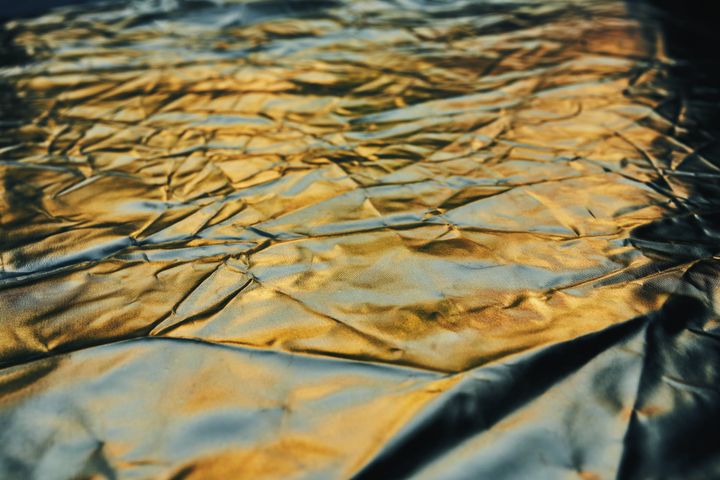
I consider myself a curious, engaged person; but the stats are against me. I take far too much for granted.
For instance, I just accept that Wi-Fi works without asking why something in the air around me allows me to watch Selling Sunset in my local coffee shop. I have never wondered how my charger works. And, until yesterday, I didn’t question why foil has one shiny and one dull side.
I always had a vague sense that the shiny side was meant to face outwards in the oven, as I suspected the added shine attracted more heat (I don’t know, people). Bur recently, Mike Mazza, marketing director for the US-based company Reynolds Wrap, told Today that “The difference in appearance between dull and shiny is due to the foil manufacturing process.”
How come?
Aluminium foil is very, very thin ― around 0.006mm to the upper limit of 0.2mm.
“It is produced by first rolling heated ingots (hot rolling) down to coils of thickness between 2 and 4mm. The coils are then successively cold-rolled to the required foil thicknesses. A second foil rolling method, continuous casting, bypasses the ingot stage and converts molten metal directly into a thick strip which is immediately rolled into the coil from which the foil is then rolled,” the European Aluminium Foil Association shared.
And to get the finest finish, you have to use two rollers at once.
“In the final rolling step, two layers of foil are passed through the rolling mill at the same time. The side coming in contact with the mill’s highly polished steel rollers becomes shiny. The other side, not coming in contact with the heavy rollers, comes out with a dull or matte finish,” Mazza shared.
In other words, the shiny and dull sides are there sort of by accident ― and apparently, most of the time, it doesn’t matter which side you use when it comes to cooking.
“Regardless of the side, both sides do the same job cooking, freezing and storing food,” he said.
Unless that is, you’re using non-stick foil. In that case, one side (the non-stick side) is coated; but this should be labelled.
Huh!
I know! There are loads of other foil tricks you can try, too.
For instance, you can use the stuff to protect your doorknobs from paint while you’re redecorating.
You can also use it to repel slugs and create a sunbox, as well as to keep deer at bay from your garden.
And while aluminium is one of the most abundant elements we have, covering eight percent of the crust, it doesn’t naturally appear in its pure form. Instead, it’s mixed with other minerals, and appears in its highest concentration in a rock called bauxite.
The more you know, right?